Cross-
Cutting
Research Area
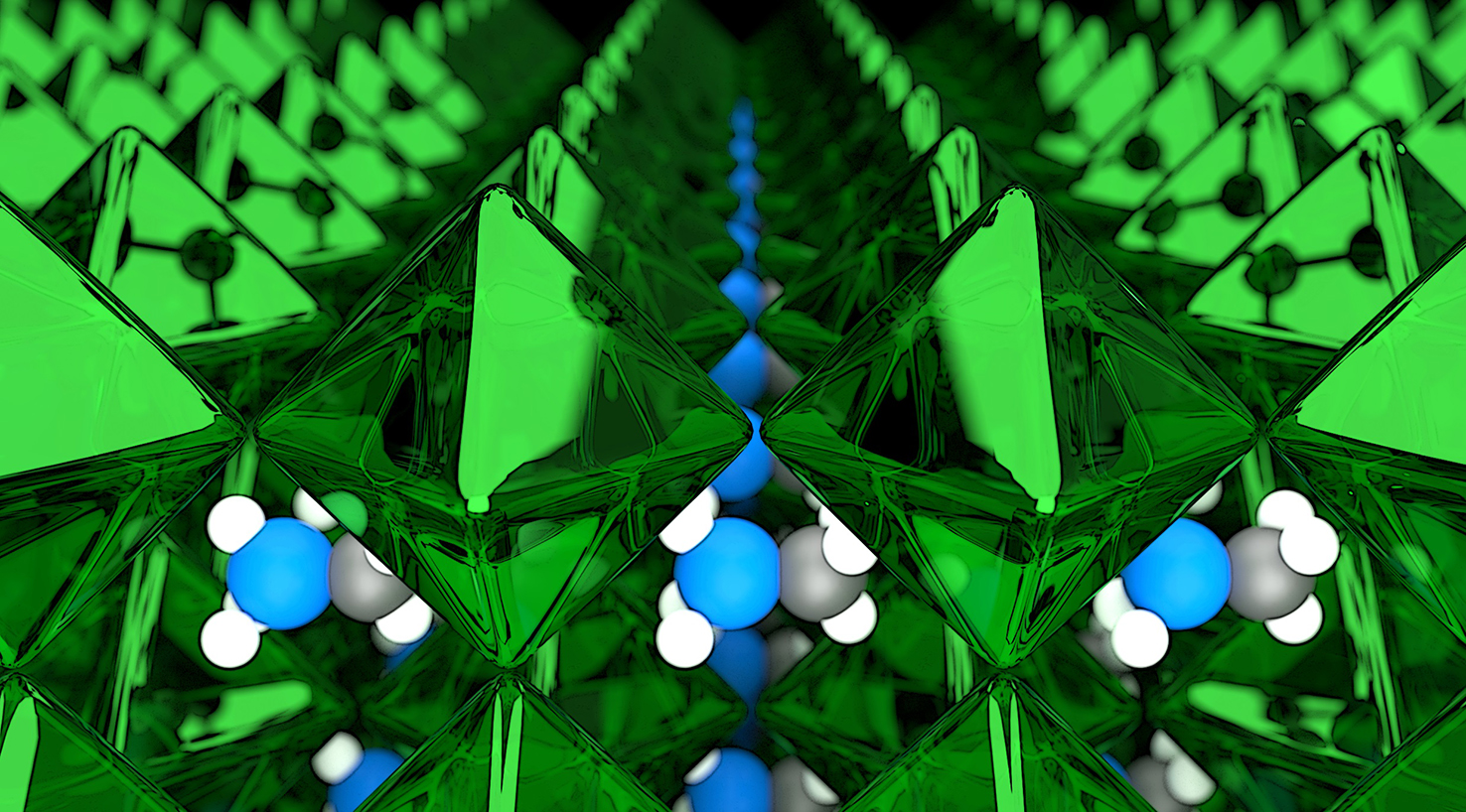
Designing new materials, atom by atom
The predictive accuracy of computer-aided simulations of materials is evolving rapidly to become an essential tool in materials science research. Well-established theories, implemented into highly efficient software, running on the world’s fastest supercomputers, provide unprecedented opportunities to explore the vast landscape of atomic configurations by which novel materials can be formed. This has the potential to greatly accelerate the characterization, optimization and discovery of new advanced materials for renewable energy, efficient lighting, next generation electronics and quantum computing.
Research is multifaceted, ranging from foundational advances in theory, methods and algorithms, to real-world impact in grand challenge problems.
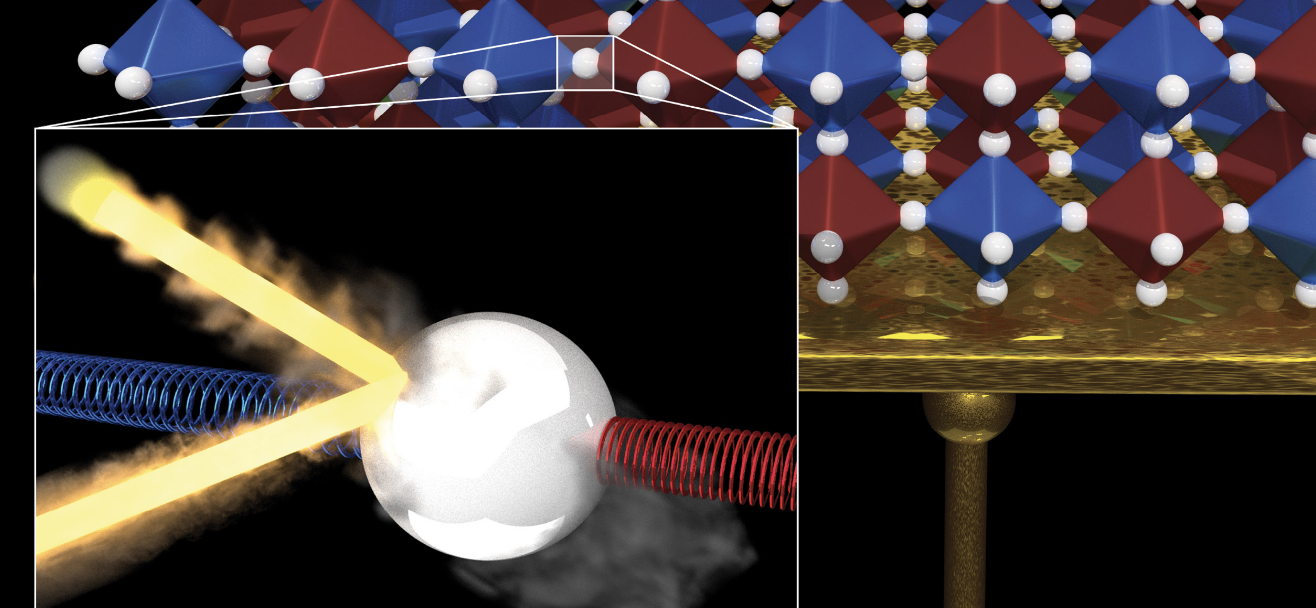
Microscopic characterization of structural, electronic, optical and transport properties of advanced materials

Energy materials: solar cells, energy-efficient lighting

Materials for power electronics: ultra-wide band gap materials

Nanomaterials: 2D materials and their heterostructures

Database driven search for new magnetic materials without rare earth elements
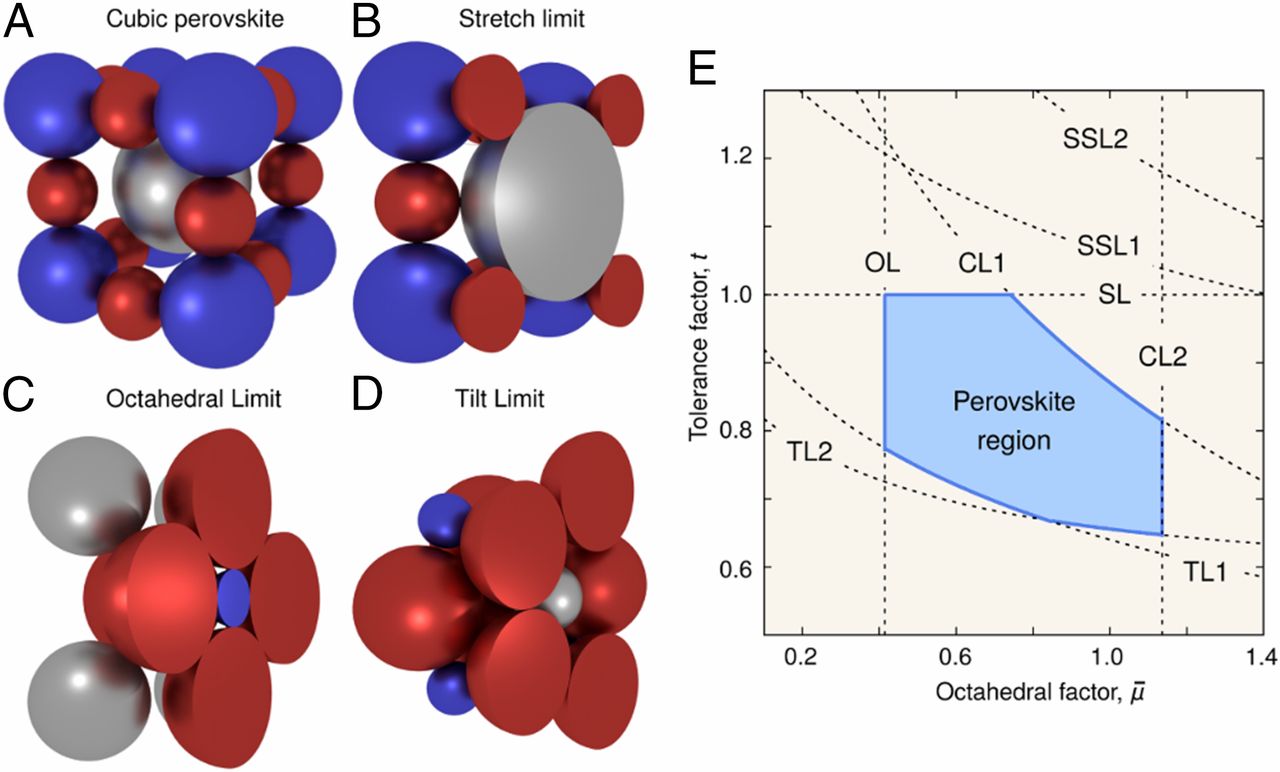
In-silico high-throughput materials screening
Current partnerships include collaborations with the group of Prof. Li Shi at the UT Department of Mechanical Engineering, the group of Prof. Chih-Kang Shih at the UT Department of Physics, the group of Alex Demkov, Dr. C.Z. Wang at Iowa State and Profs. Dave Sellmyer and Xiaoshan Xu at the University of Nebraska (collaboration details).
To learn more about projects and people in Computational Materials, explore the centers and groups with research activities in this cross-cutting research area.

News
April 16, 2025
Feliciano Giustino, a physicst and Oden Institute Principal Faculty member, is one of three UT faculty among this year’s named Guggenheim Fellows.
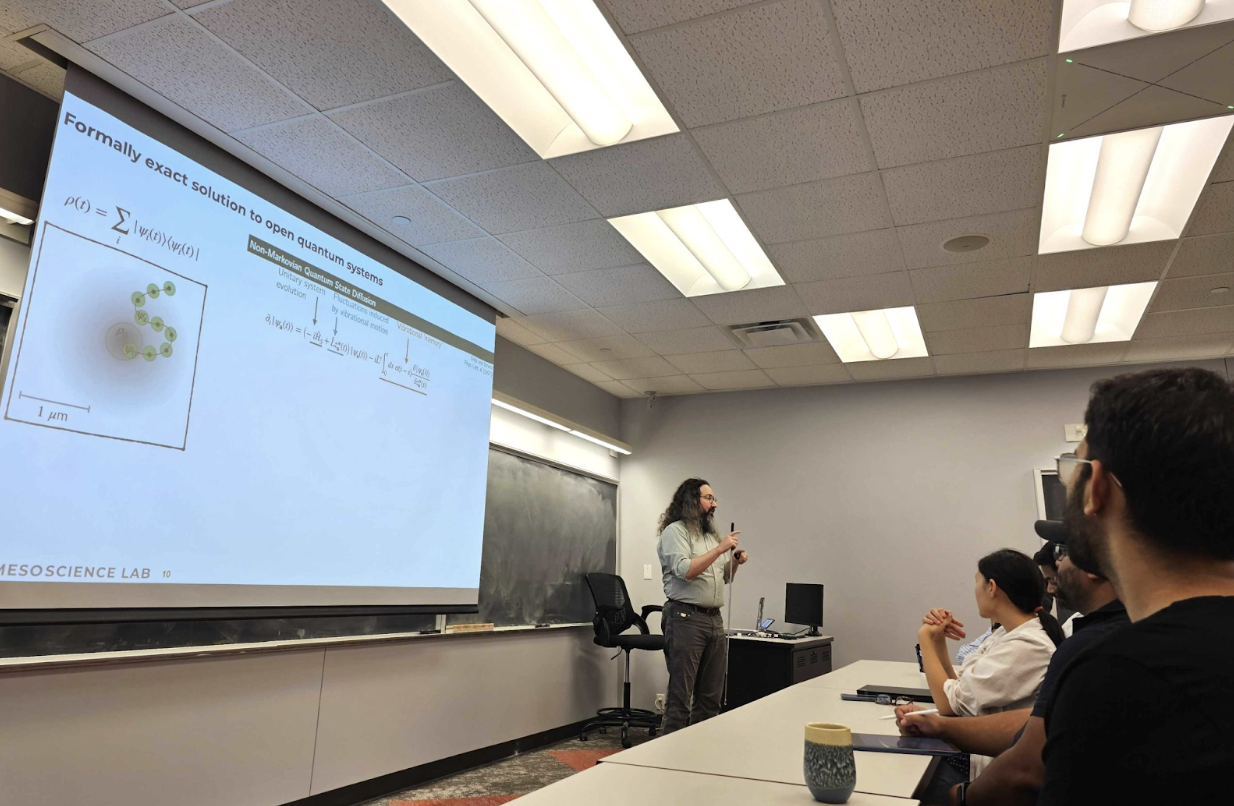
News
Jan. 18, 2025
The Materials Discovery Seminar is a monthly series that fosters collaboration among researchers in materials science and computational engineering, emphasizing work-in-progress research in a casual setting.

News
Jan. 15, 2025
Oden Institute principal faculty member James Chelikowsky is among three UT Austin scientists and engineers who received awards from the Texas Academy of Medicine, Engineering, Science and Technology (TAMEST).

News
Dec. 4, 2024
Postdoctoral Fellow Zhenbang Dai and Core Faculty Feliciano Giustino published research in the Proceedings of the National Academy of Sciences (PNAS), revealing new characterizations and visualizations of polarons in titanium dioxide.
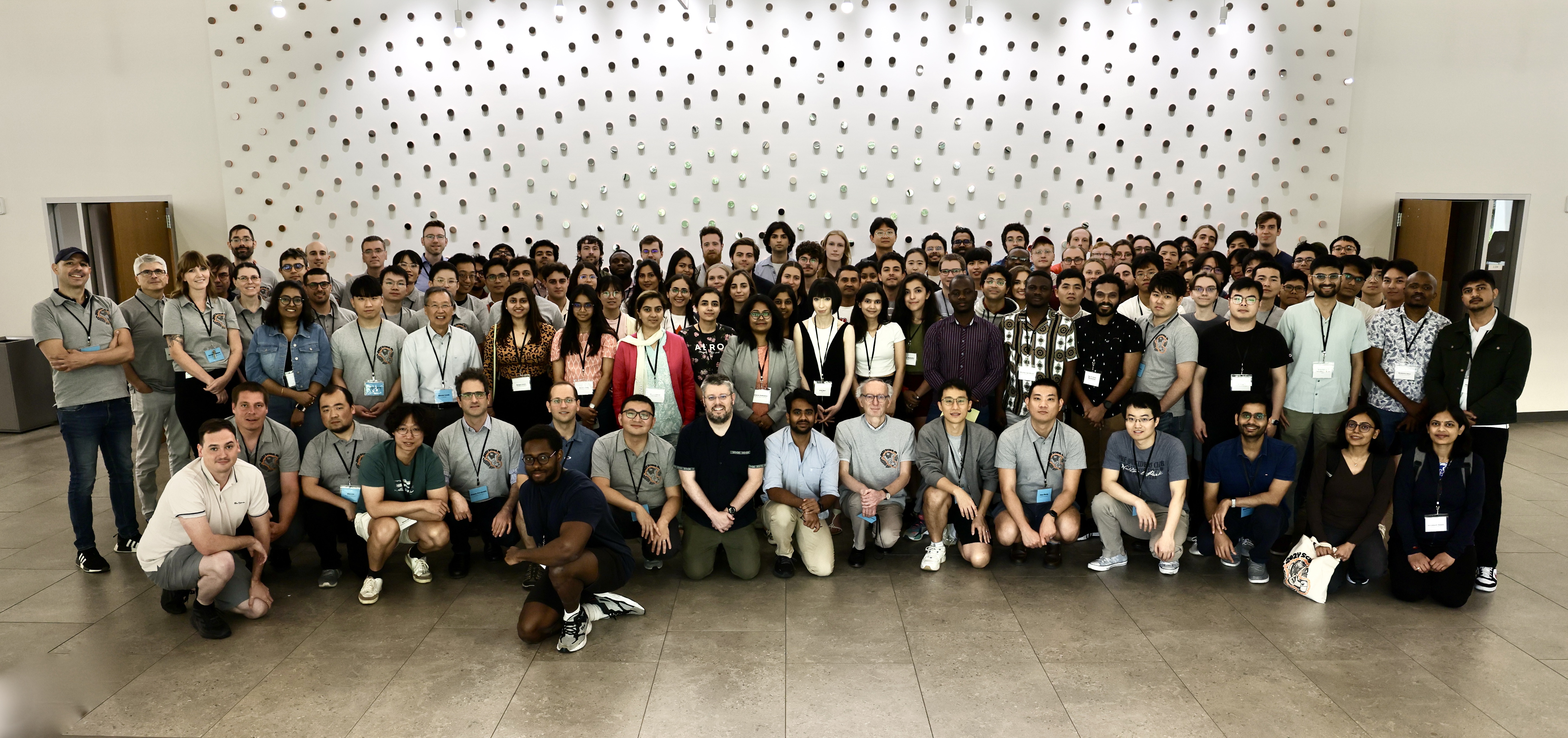
News
July 3, 2024
Feliciano Giustino, Director of the Center for Quantum Materials Engineering, served as the lead organizer for this week-long event hosting graduate students from around the country.
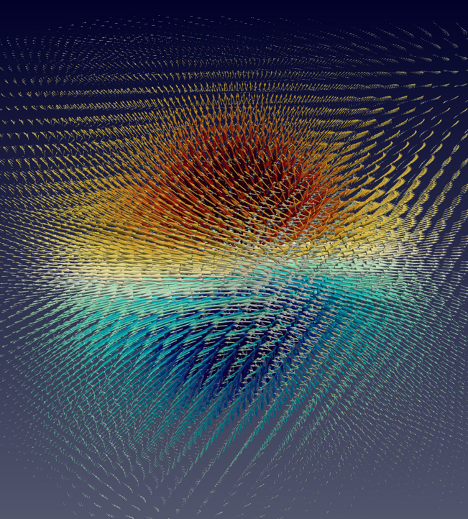
News
June 26, 2024
Supercomputer simulations reveal topological vortices in polaron quasiparticles.
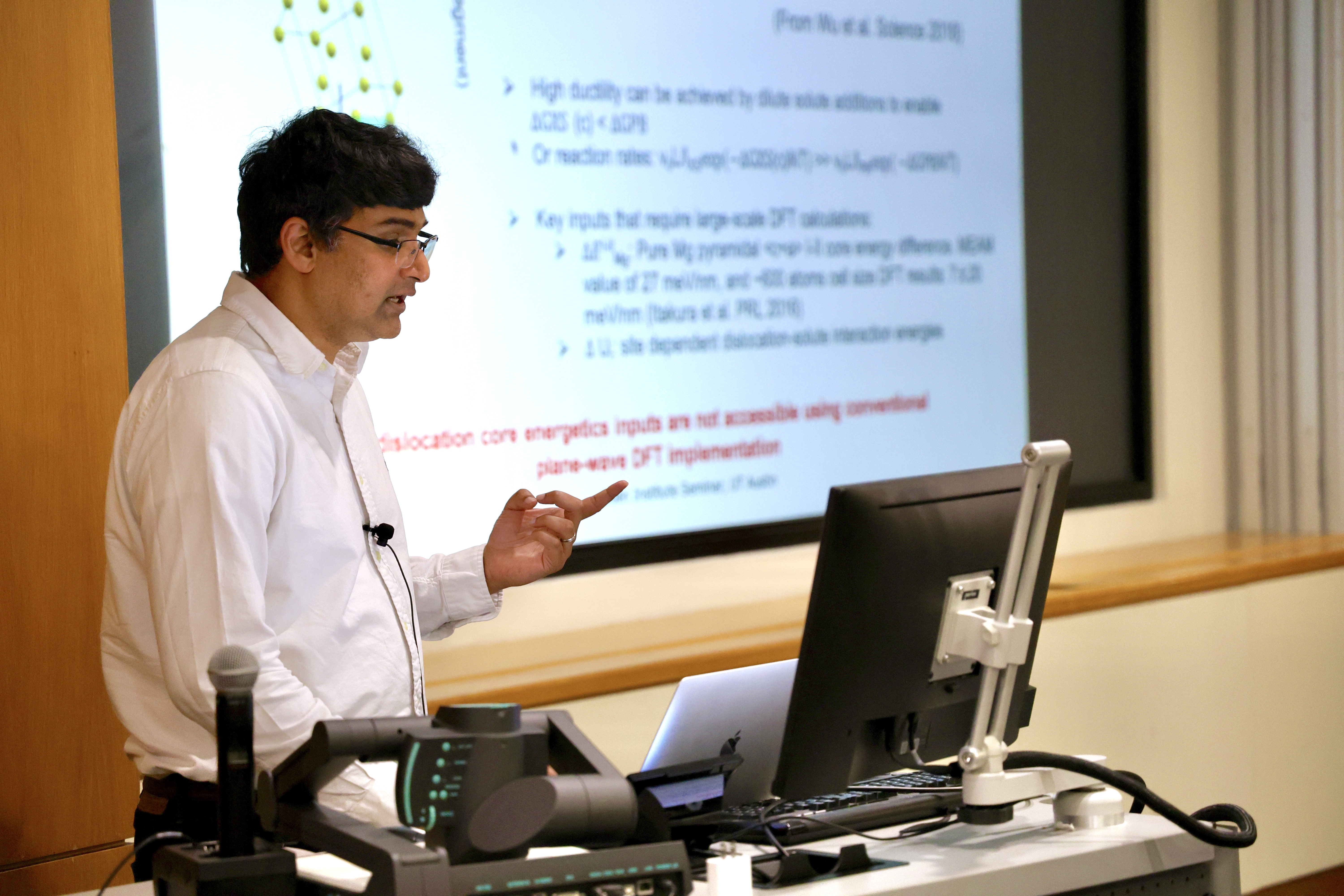
News
May 16, 2024
Gavini’s talk delved into the intricate world of electronic structure calculations, particularly those utilizing density functional theory (DFT). This is the first in a series of Distinguished Lectures at the Oden Institute.
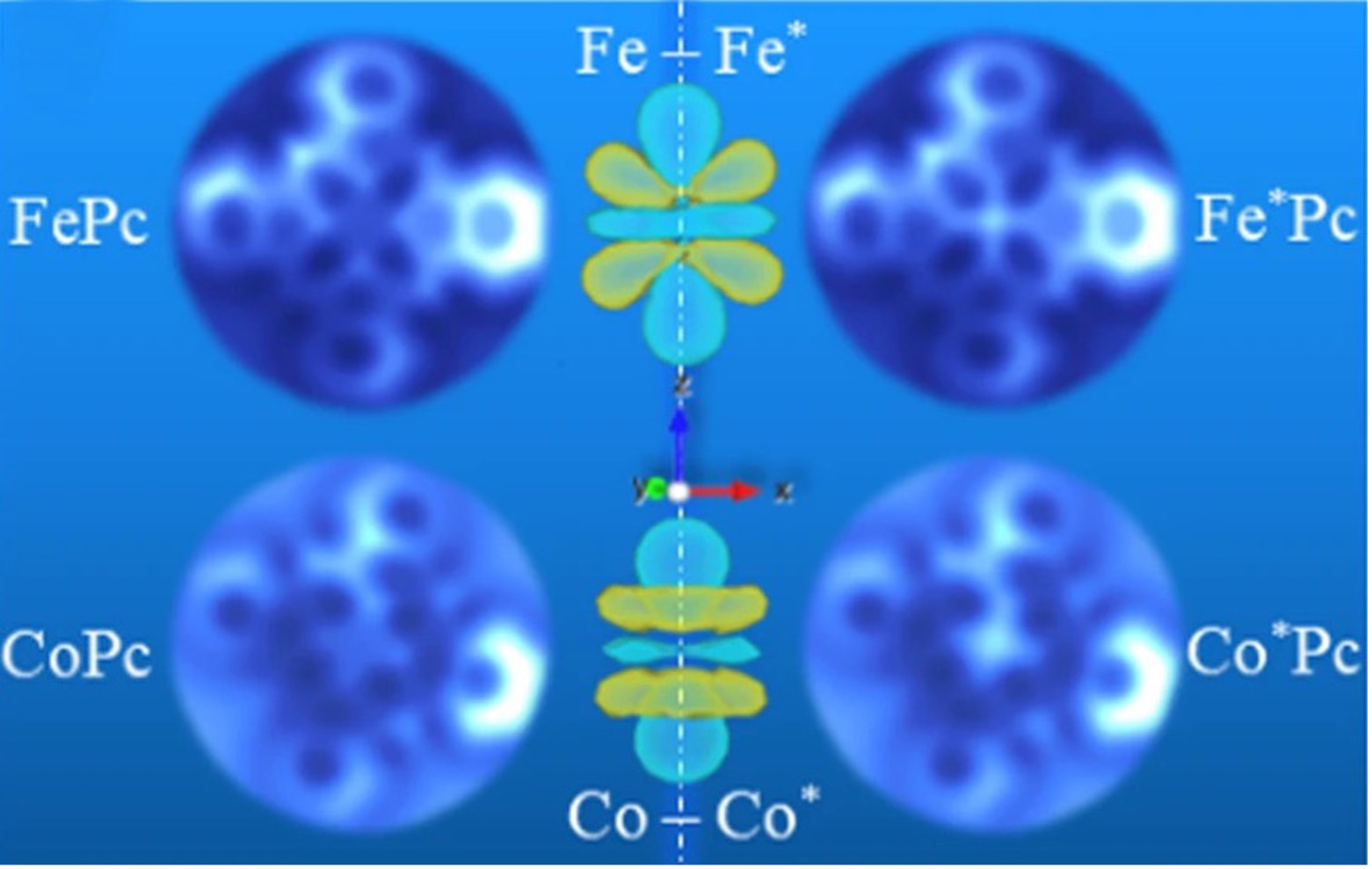
News
May 19, 2023
Scientists using supercomputer simulations and atomic resolution microscopes have imaged the signatures of electron orbitals.
Oden Institute core faculty member James R. Chelikowsky co-authored the study published in March 2023 in the journal Nature Communications.
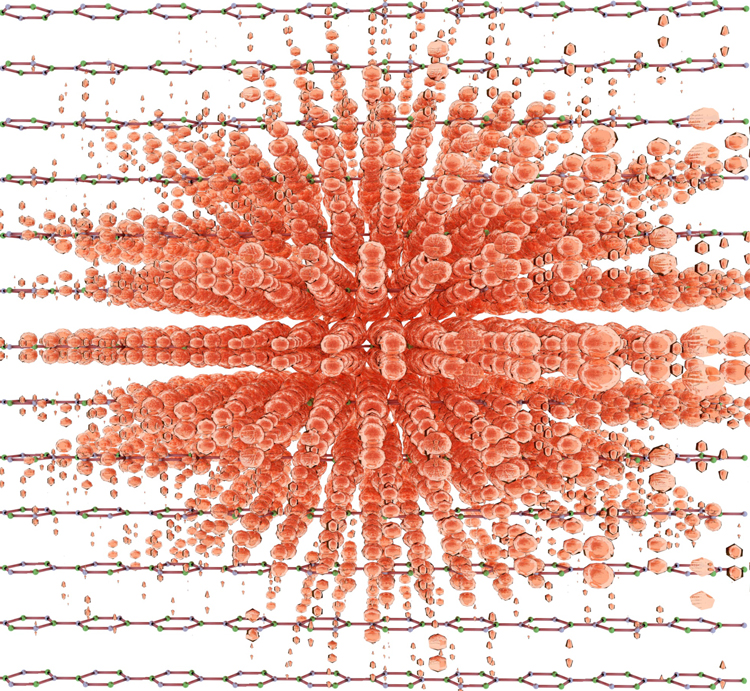
News
March 24, 2023
New advances in scientists' hunt for developing cutting-edge materials used in organic light-emittig diodes (OLED) TV's, touchscreens and more.
Supercomputers have helped scientists map for the first time the conditions that characterize polarons in 2D materials, the thinnest materials that have ever been made.
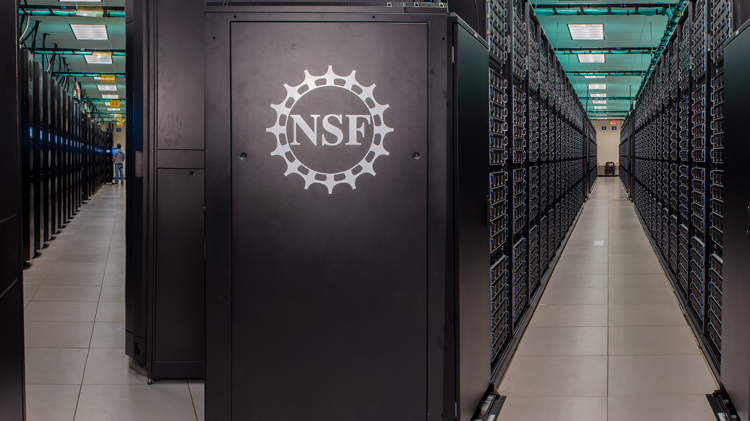
News
Feb. 28, 2023
Testing the limits on the most powerful U.S. academic supercomputer.

News
Nov. 3, 2022
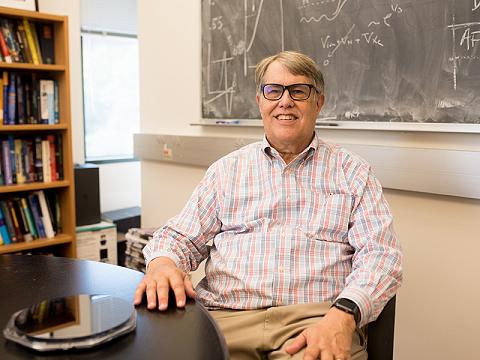
News
Oct. 31, 2022
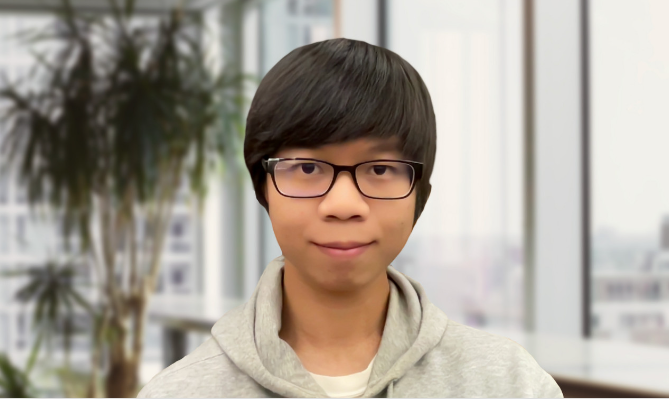
News
Oct. 24, 2022


Feature
Sept. 12, 2022
News
July 21, 2022
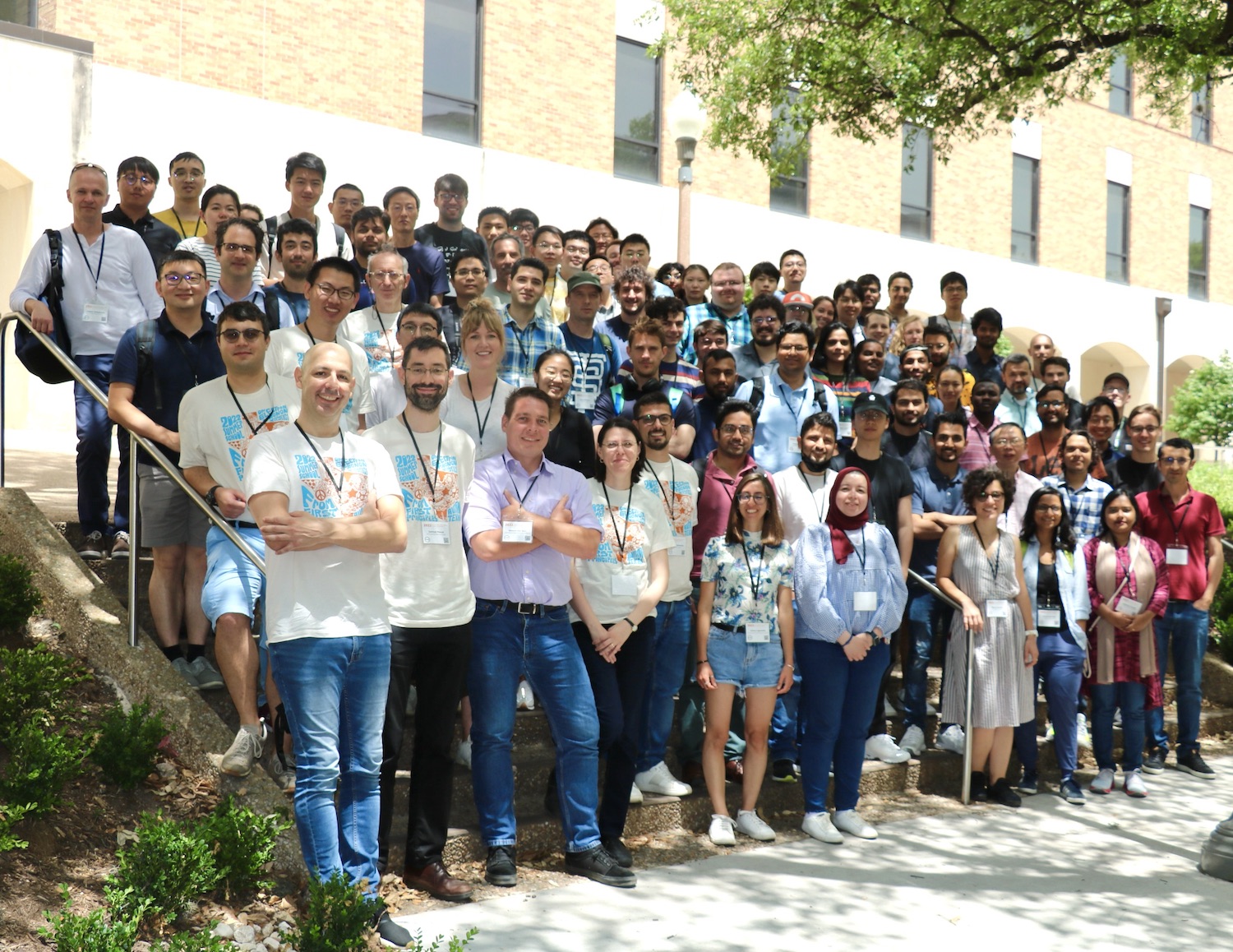
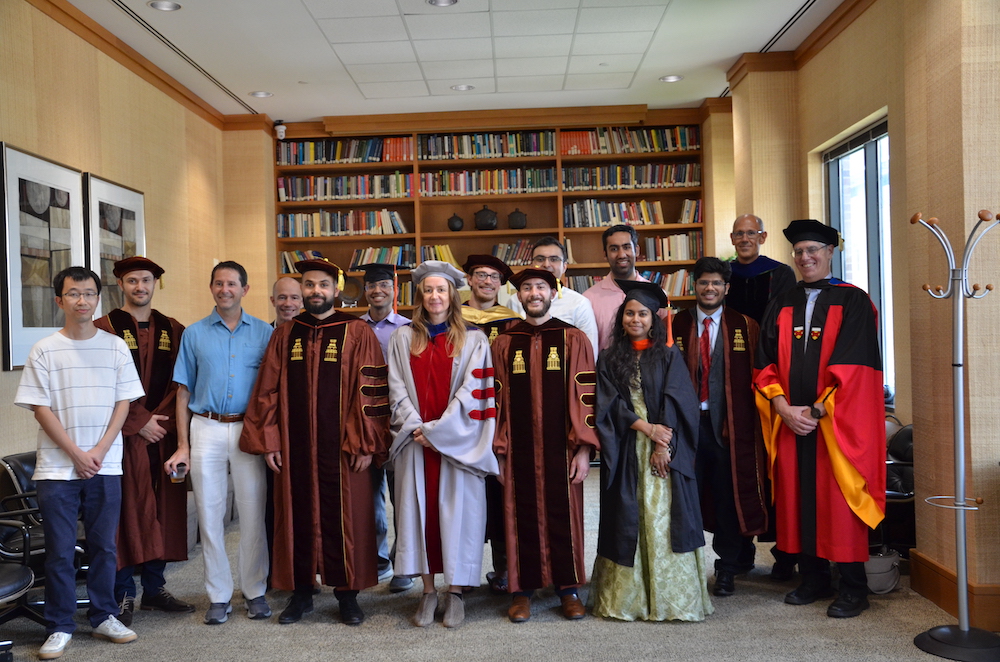
News
June 16, 2022

Feature
May 18, 2022
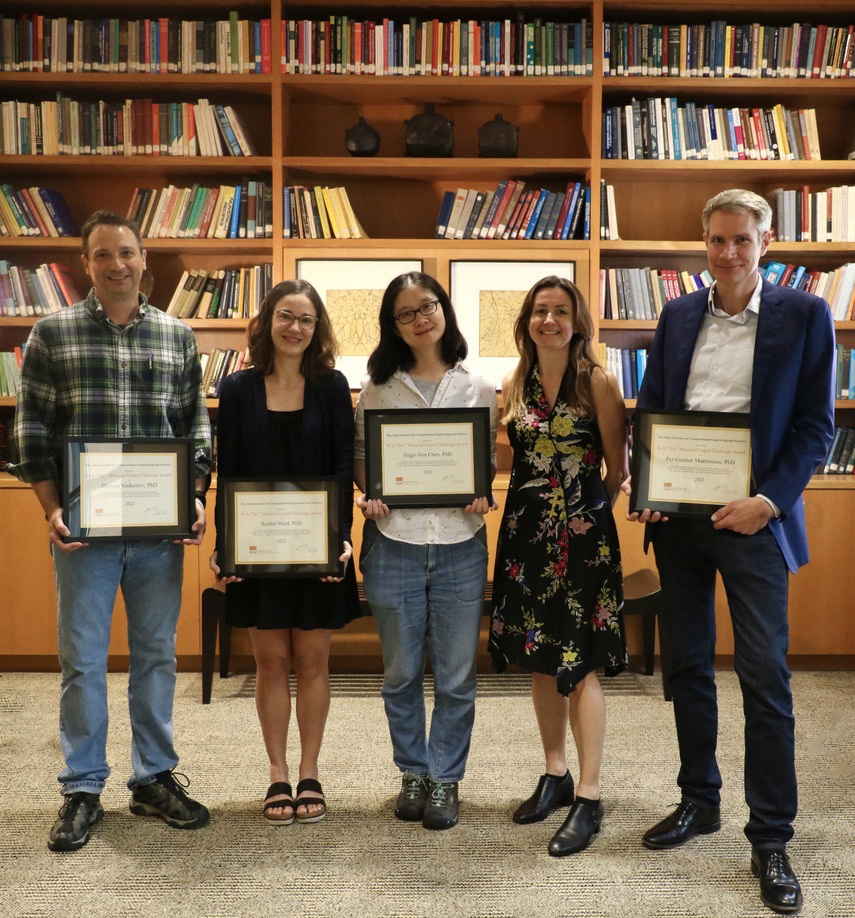
News
May 18, 2022
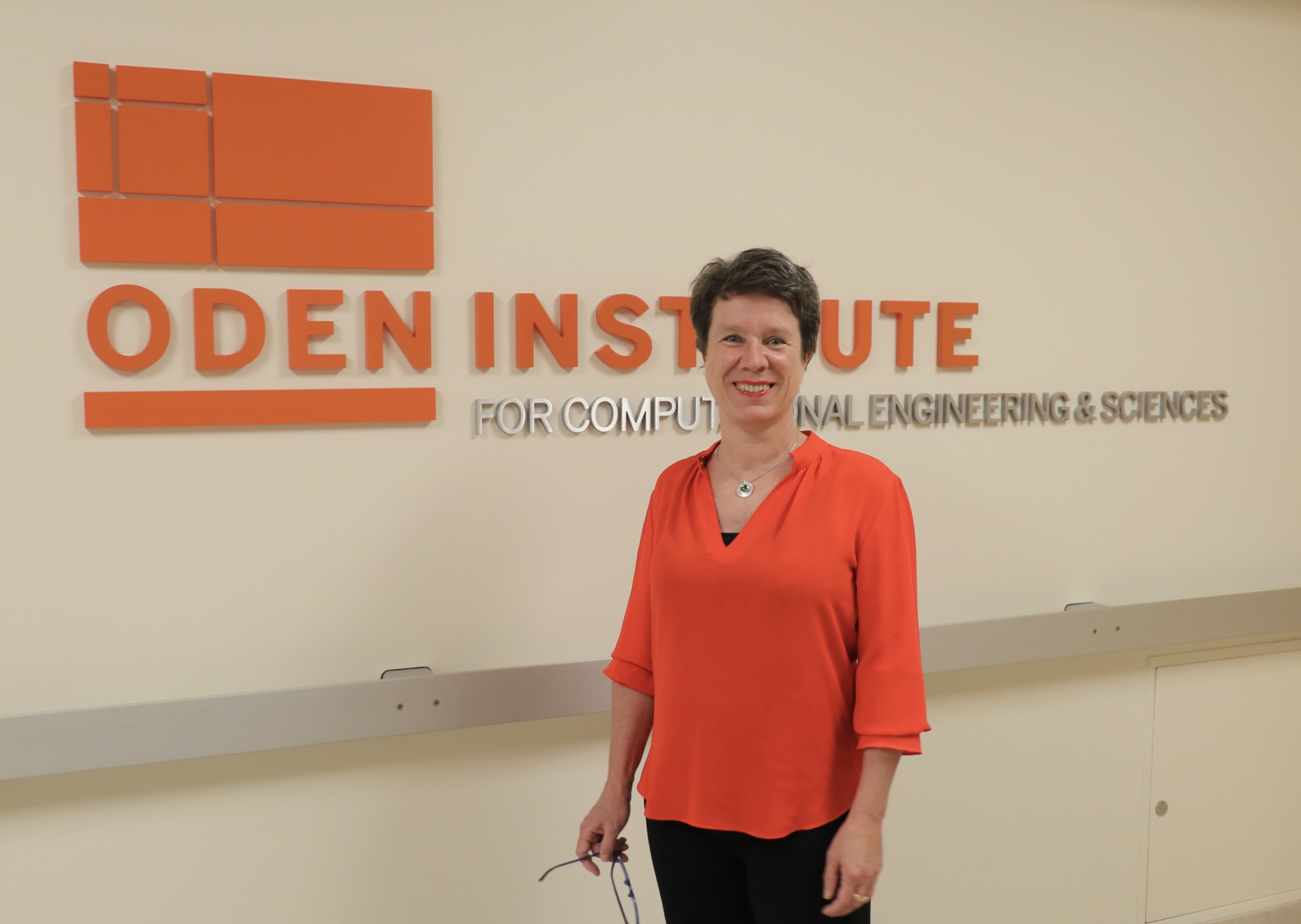
News
April 12, 2022
Media Coverage
Feb. 24, 2022
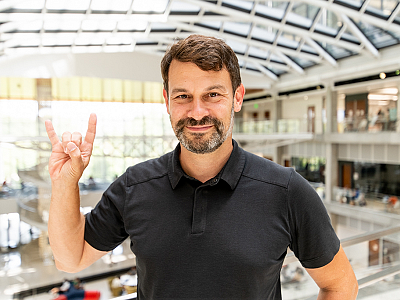

News
Dec. 7, 2021
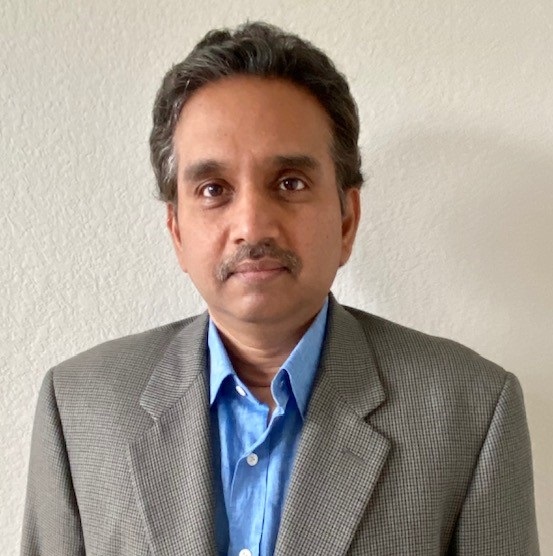

News
Sept. 22, 2021
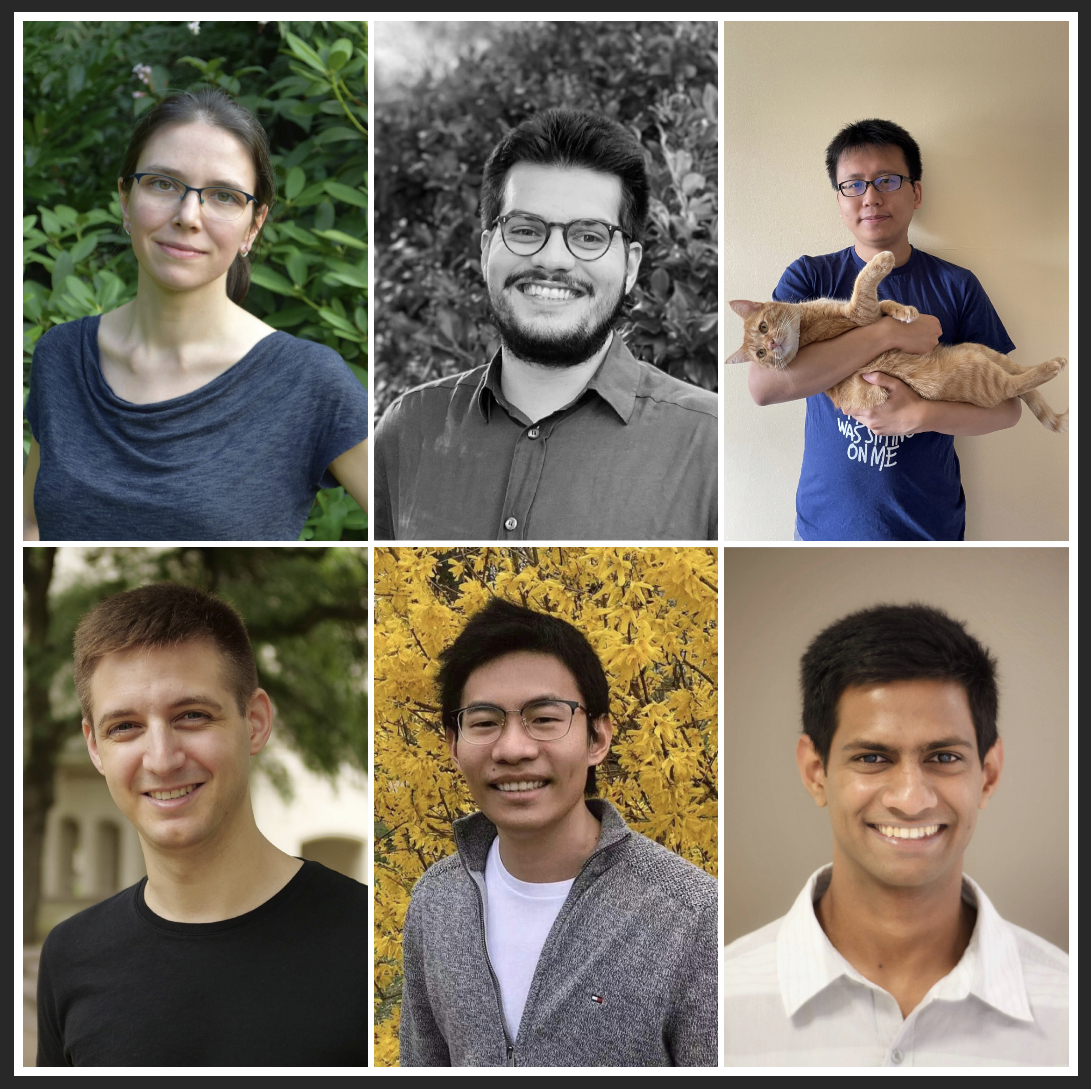
Feature
Aug. 31, 2021

News
Aug. 19, 2021
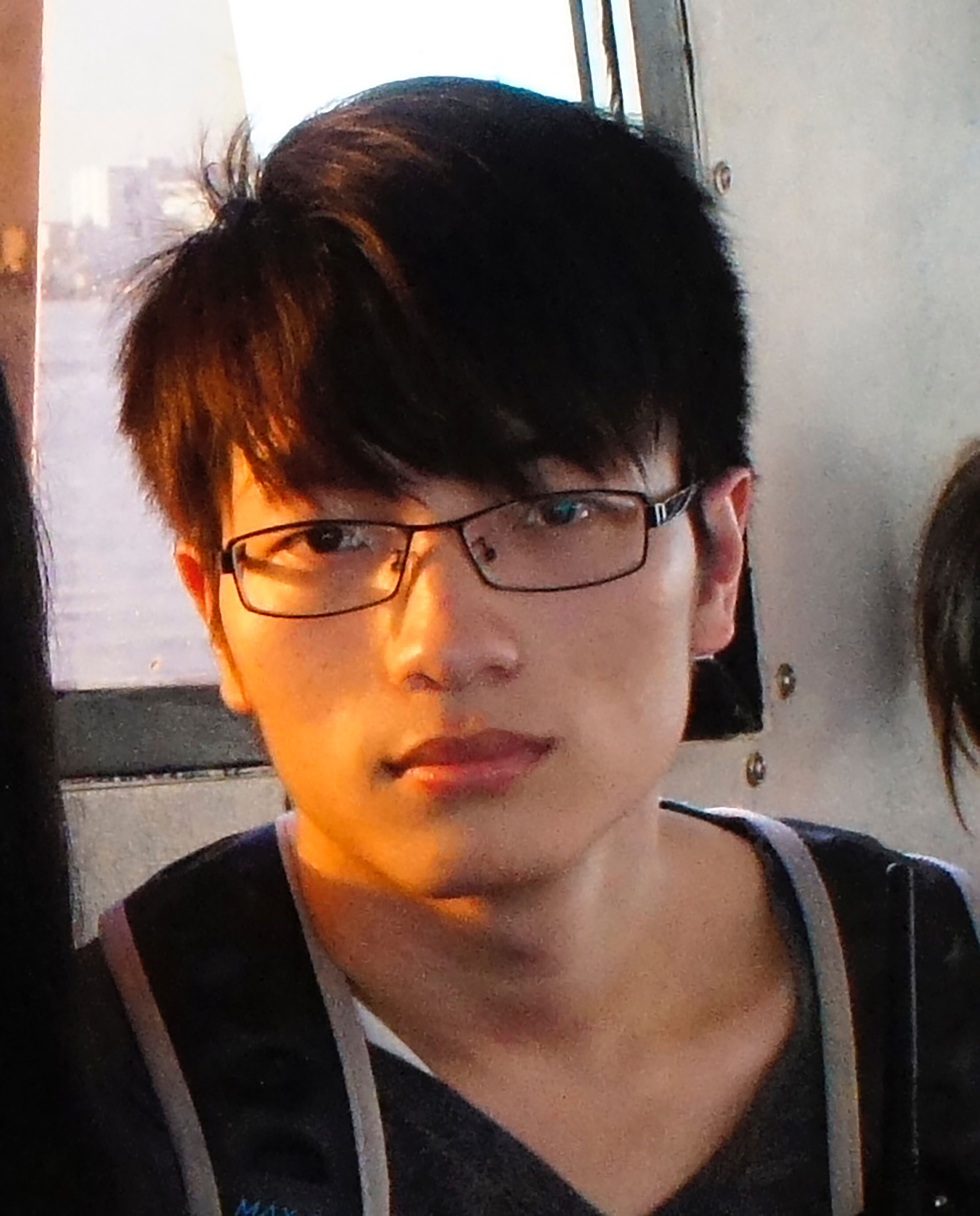
News
July 12, 2021
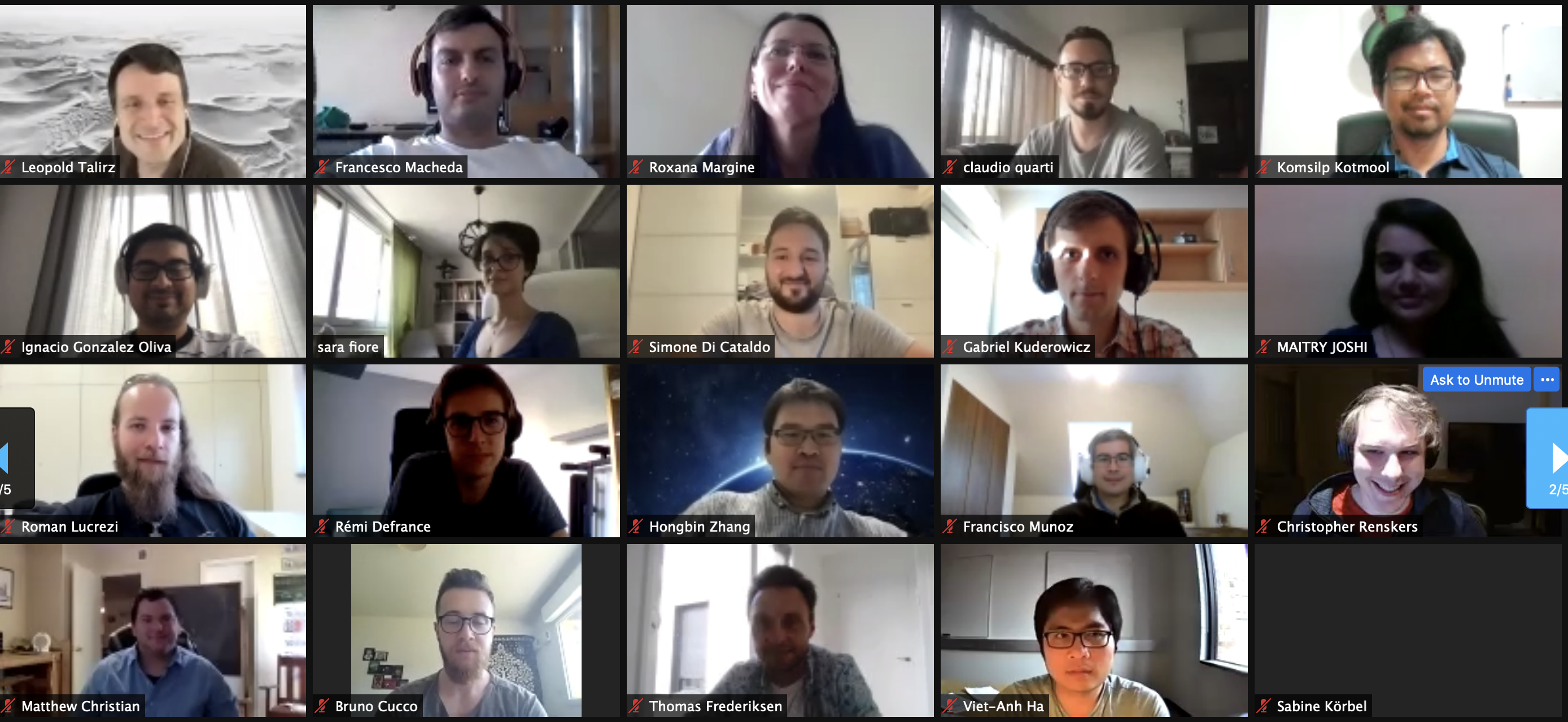
Feature
July 7, 2021
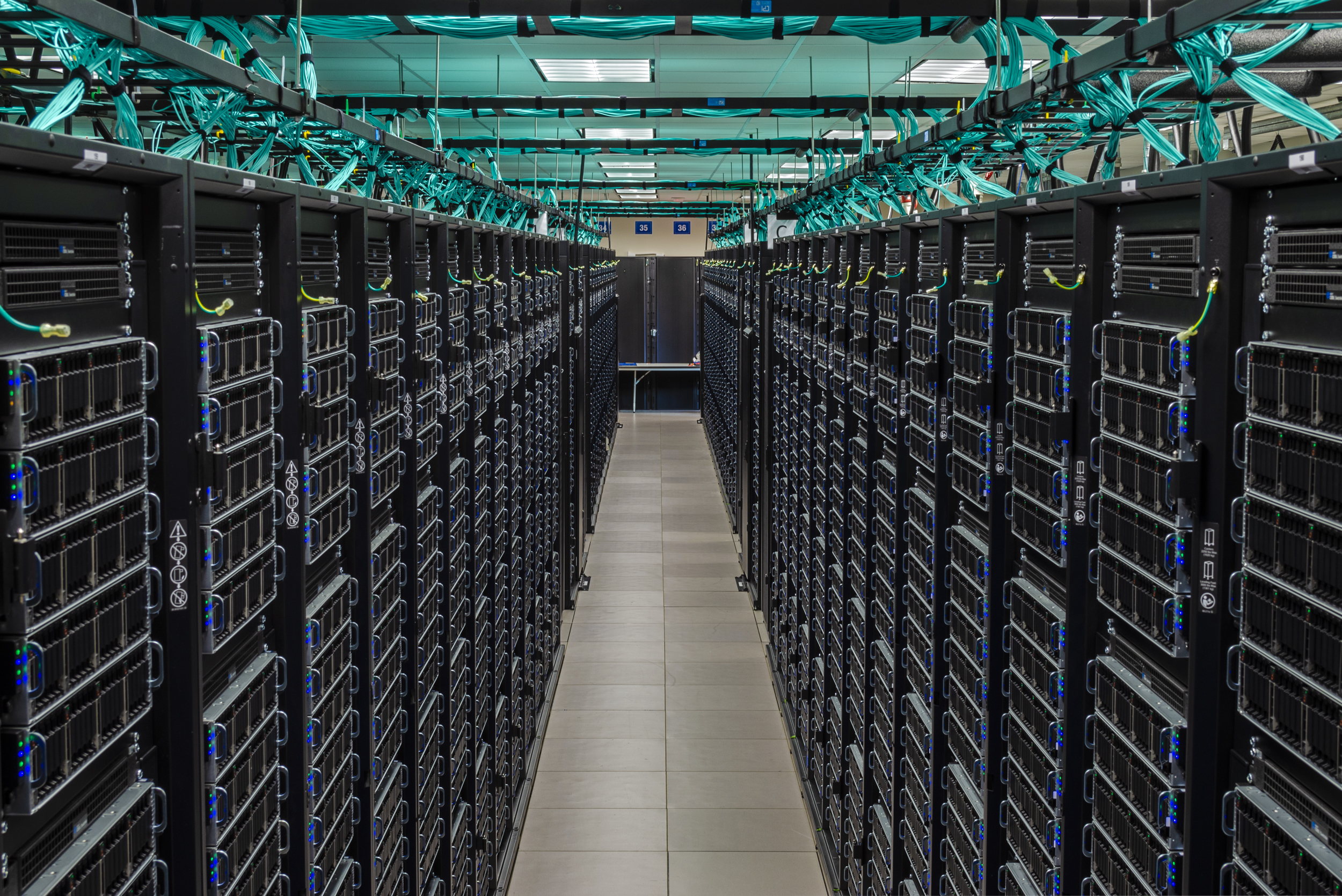
News
Dec. 18, 2020
